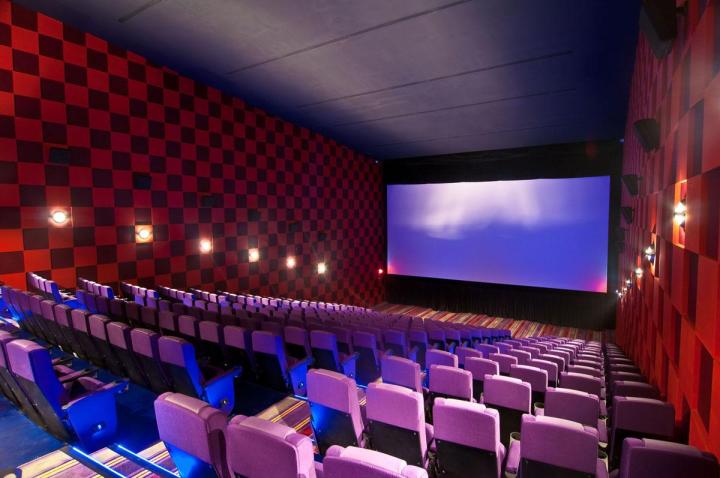
Covered by the Los Angeles Times earlier today, Paramount Pictures has announced plans to stop using 35-millimeter film to distribute major motion pictures in favor of digital formats. According to studio representatives, Will Ferrell’s Anchorman 2: The Legend Continues was the last film to be distributed in 35-millimeter. In addition, Martin Scorsese’s The Wolf of Wall Street became the studio’s first wide release that was only made available to theaters in digital format. Regarding the shift, representatives of theater chains were asked not to mention Paramount’s plan until the studio was able to address the shift publicly.
Interestingly, only eight percent of theaters within the United States are incapable of presenting films in digital format. It’s possible that these theaters will attempt to upgrade hardware if the rest of the movie industry moves to a digital-only release slate, but it could be cost-prohibitive for small theaters to upgrade to a $70,000 digital projector. However, it’s unlikely that Paramount will be impacted heavily by the theaters that cannot show digital formats. Over the last several years, studios have been working directly with theater chains in order to help finance the shift to digital.

Digital distribution is definitely a massive cost savings to studios. According to the Times, a 35-millimeter film print can cost the studio up to $2,000 to create and ship to a theater. Alternatively, physical digital copies can be distributed to theaters for less than a tenth of that cost and the studios are investigating the possibility of satellite or online distribution to reduce the cost even more. Similar to pay-per-view movies available at the consumer level, the theaters could simply pay for access to a digital version of the movie for a specific length of time and gain immediate access to print of the film.
Speaking to the Times about the shift to digital, UCLA Film & Television Archive director Jan-Christopher Horak said “It’s of huge significance because Paramount is the first studio to make this policy known. For 120 years, film and 35 mm has been the format of choice for theatrical presentations. Now we’re seeing the end of that. I’m not shocked that it’s happened, but how quickly it has happened.”

Companies that process 35-millimeter film, like Technicolor, will likely by impacted significantly by this move. Technicolor already had to close film processing labs in Los Angeles and Britain in the past few years due to slowing demand for film.
It’s likely that the rest of the studios will follow Paramount’s lead during 2014 or in 2015. Both Disney and 20th Century Fox have previously warned theater operators that the shift to digital-only releases would arrive within the coming years. Theaters that moved to digital projection in the past few years had a bit of financial incentive, namely the ability to sell higher priced tickets for films in 3D. During 2014, at least 25 films will be released in 3D format and include titles such as Captain America: The Winter Soldier, Godzilla, Sin City: A Dame to Kill For, The Amazing Spider-Man 2 and 300: Rise of an Empire.


